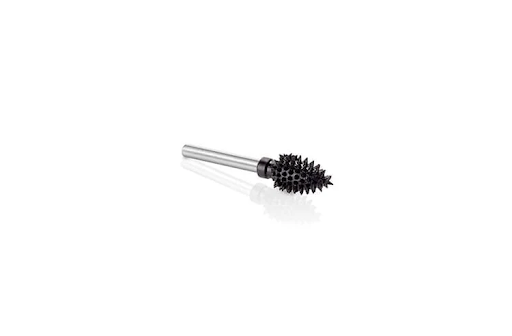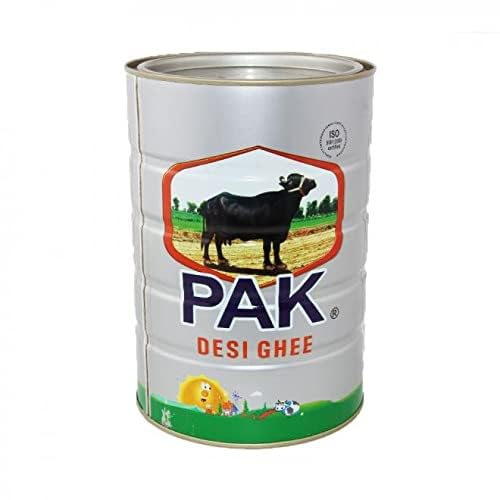When it comes to precision and versatility in crafting, woodworking, or metalworking, few tools rival the Dremel rotary tool. At the heart of its exceptional functionality are the various Dremel burr bits designed for specific tasks. Choosing the right burr bit can significantly impact the quality and efficiency of your project. This guide will walk you through the different types of Dremel burrs, their applications, and tips for selecting the perfect one for your needs.
Understanding Dremel Burr Bits
Dremel burr bits are cutting tools that attach to a Dremel rotary tool, allowing for detailed and intricate work on various materials, including wood, metal, plastic, and ceramics. These bits come in multiple shapes, sizes, and materials, each tailored to specific tasks. The right burr can help you achieve clean cuts, smooth finishes, and detailed carvings, making it essential to understand their characteristics.
Types of Dremel Burrs
1. Carbide Burrs :- Carbide burrs are known for their durability and ability to cut through tough materials. They are ideal for heavy-duty applications like shaping metal or hard wood. These burrs typically feature a series of flutes, which enhance material removal and allow for smooth finishes. When you need precision in challenging materials, carbide burrs are an excellent choice.
2. High-Speed Steel (HSS) Burrs :- HSS burrs are versatile and suitable for softer materials like wood and plastic. They are not as durable as carbide options but provide a smooth finish and are ideal for detail work. HSS burrs are often favored by hobbyists and DIY enthusiasts due to their affordability and ease of use.
3. Diamond Burrs :- For projects requiring the utmost precision, diamond burrs are unmatched. They are coated with diamond particles, making them excellent for etching, engraving, and working with delicate materials. Diamond burrs excel in glass, ceramics, and stone, providing fine detail and smooth finishes.
4. Aluminum Oxide Burrs :- These burrs are great for finishing and polishing tasks, particularly on metals. They produce a smoother finish compared to other burr types and are often used in automotive applications. If you’re looking to achieve a polished look, aluminum oxide burrs can help you get there.
Selecting the Right Burr for Your Project
Now that you understand the different types of Dremel burr bits, here are some factors to consider when choosing the right one for your project:
1. Material Compatibility :- The first step in selecting a burr bit is understanding the material you will be working with. For instance, if you’re working with hard metals, carbide burrs will perform better than HSS burrs. Conversely, if you are carving wood or soft plastics, HSS or aluminum oxide burrs might be more appropriate.
2. Desired Finish :- Consider the finish you want to achieve. If you need a rough cut, a larger burr with fewer flutes will work efficiently. For a smoother finish, opt for a smaller burr with more flutes. Diamond burrs are ideal for tasks requiring a polished finish or fine detail.
3. Burr Shape and Size :- The shape of the burr bit significantly influences the outcome of your project. Common shapes include cylindrical, ball-shaped, and flame-shaped burrs. A cylindrical burr is suitable for straight cuts, while a ball-shaped burr is excellent for engraving or hollowing out materials. Choose a size that fits your tool and project requirements, keeping in mind that smaller bits provide more precision, while larger bits cover more area quickly.
4. Speed and Power of the Dremel Tool :- Ensure your Dremel rotary tool can handle the burr bit you choose. Higher RPMs can help with faster cuts but may also lead to overheating or reduced control. Check the manufacturer’s recommendations for speed settings based on the burr type you’re using.
5. Project Complexity :- The complexity of your project will also dictate your choice of burr. For intricate designs or detailed work, consider using a variety of Dremel burr bits to achieve different textures and effects. This versatility allows for more creativity in your work and can enhance the overall result.
Maintenance and Care of Dremel Burrs
To ensure the longevity of your Dremel burrs, proper maintenance is crucial. Clean your burr bits after each use to remove debris and buildup. Store them in a dry place, preferably in a protective case or organizer, to prevent damage. Regularly inspecting your burrs for wear or damage will help you avoid potential issues during projects.
Conclusion
Choosing the right Dremel burr bit is essential for the success of your projects. By understanding the different types of burrs available—carbide, HSS, diamond, and aluminum oxide—you can make an informed decision based on the material, desired finish, shape, size, speed, and complexity of your work. Proper maintenance of your Dremel burrs will also extend their lifespan, ensuring you get the best performance from your rotary tool. With the right bit in hand, you’ll be well-equipped to tackle any project with precision and ease. Happy crafting!





